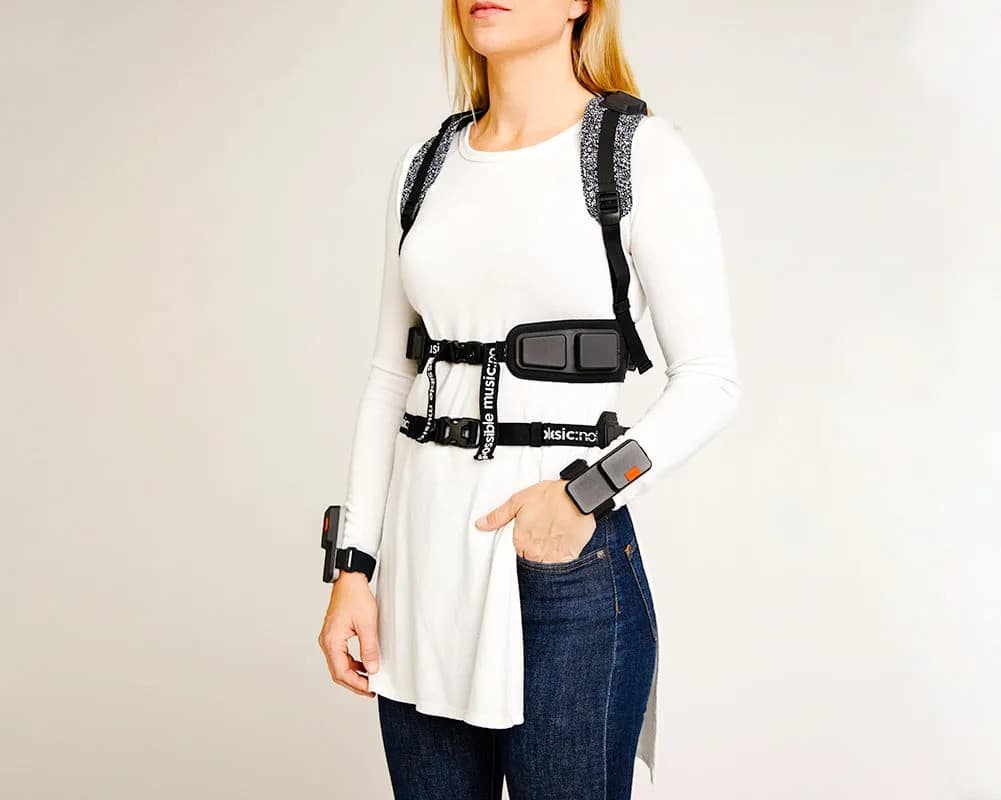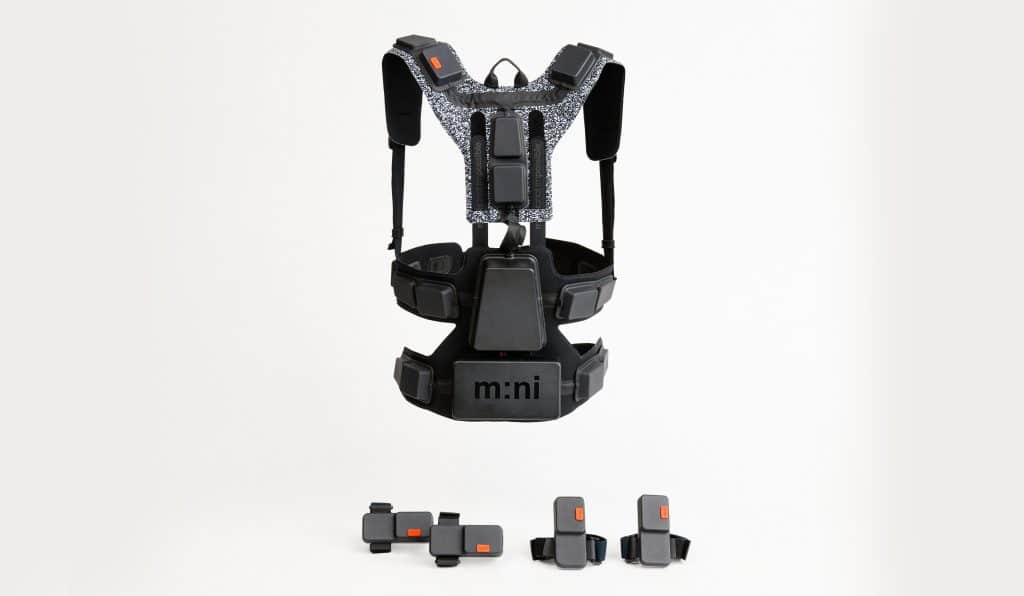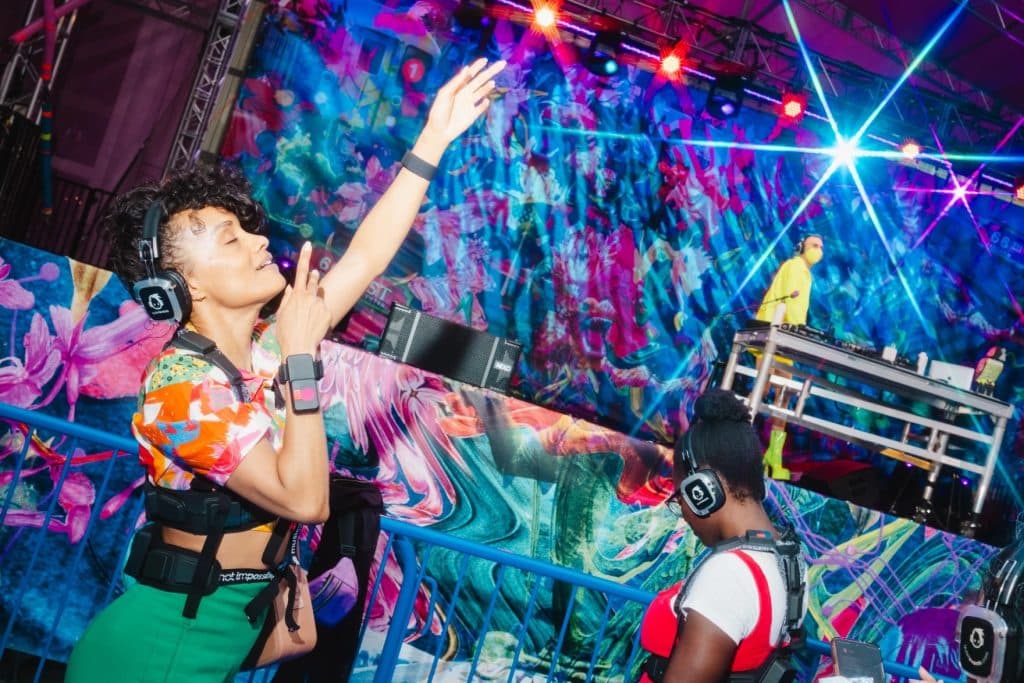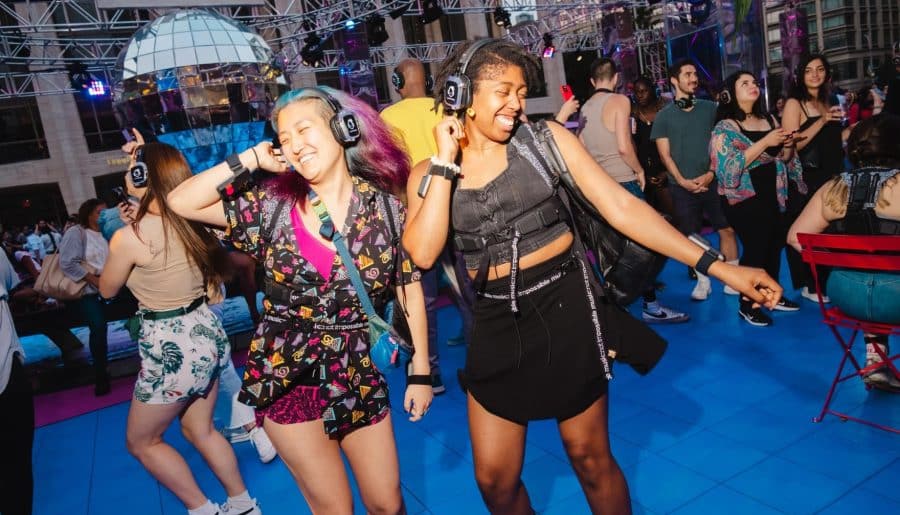Music is an important part of our daily lives, and it’s hard to imagine a world without it. It’s an art form that can stir emotions, move us, and bring people together.
Whether it’s the lyrics that resonate with us, the melodies that calm us, or the beats that make us want to dance, music has a unique power to connect us to our inner selves and the world around us.
Thanks to technology, we can easily access music with just a click. We can tune in to radio stations, use streaming services, or browse social media platforms to discover new music that suits our tastes. We just hit the play button and let the music work its magic!
Attending a live concert is also a wonderful way to enjoy music, connect with the artist, and feel their energy. Fans can see their favorite musicians performing live, bond with other music lovers, and create unforgettable memories.

Unfortunately, deaf or hard-of-hearing individuals may find it challenging to share the same experience as those who can hear.
Although sign language interpreters and captioning screens are often provided at concerts for accessibility, people with hearing impairments may still have limited sensory experiences.
Often, people with hearing difficulties need to stand close to speakers just to feel the vibrations of songs they cannot hear.
But that might not be the case anymore!
Thanks to the innovative haptic suits developed by Not Impossible Labs, people who are deaf can “feel” music in a new way.

Not Impossible Labs is an organization that develops life-changing technology solutions to address social issues. Daniel Belquer, the company’s chief vibrational officer of music, designed and developed the haptic suit with his team.
The haptic suit comprises a vest, wrist, and ankle bands with 24 vibrating plates or actuators (20 on the vest and one for each limb).

The haptic DJ controls the vibrational patterns, which can be synced up to instruments using a software program. Although the vibrations are not entirely synced to the songs, they complement the music experience.
Changing the music experience
The vests were tried at a New York’s Lincoln Center concert. During a Disability Pride Month event, attendees, including hearing-impaired and non-hearing-impaired individuals, wore these suits to improve their live music experience.

Mandy Harvey, a deaf singer, also tested the haptic suit to help her feel the music she plays. Famous musicians like Pharell have also used it.
Recently, Not Impossible collaborated with a production company from Australia called Newmarket Collective to arrange an event showcasing the use of haptics in performances.
One of the performers at the event was Walter Kadiki, a deaf poet, who wore one of the haptic vests throughout his performance.
These haptic suits are truly revolutionary, as it opens up a world of possibilities for the deaf community, especially in the field of music.
By wearing these suits, deaf people can experience music – rhythm, beats, and melody of music through vibrations – in a way that was previously impossible.
Before I end this post, here’s a fun fact for you!
Did you know that the team initially tested by attaching vibrating cell phone motors to the body, which produced monotonous vibrations?
So, they collaborated with an electronic components company called Avnet to create a more authentic experience. After a year of research, they used a haptic suit with 24 vibrating plates.







